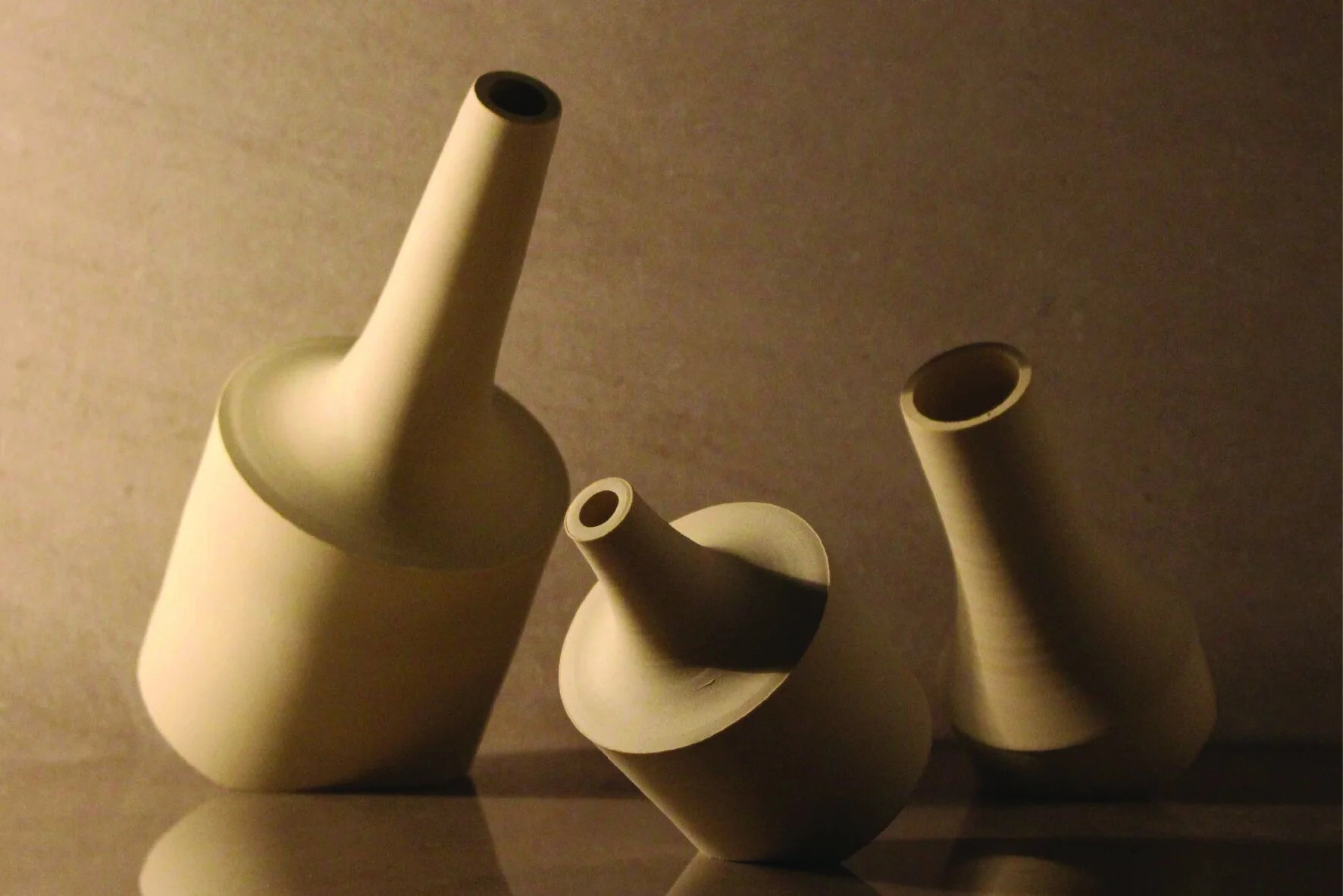5th May - 10th of June, 2023
FIRST SPACE
Drawing on Tasmanian Aboriginal History
Dean Greeno + Rex Greeno
“My arts practice centres primarily on sculpture, it draws heavily upon my pagan cultural connections to Country and the traditional practices that spiritually connect me to my artwork. These connections began early when my great grand father took me into the bush and swamps of the East coast of Flinders Island to show me traditional hunting and crafting techniques. This background is combined with the stoicism derived from the journey of my ancestors and people who have continued to practice the oldest living culture from precolonial to current times despite the many horrific challenges they faced on that pathway not excluding war, assimilation and cultural theft. An important aspect of the future pathway within my work is the effects of climate change on traditional Tasmanian Aboriginal resources and recognising how these effects are being felt not only by the pakana and palawa people themselves but Sky, Land and Sea Country. I have been involved with many talks, films and documantaries all focused on highlighting the immediacy of healing and caring for Sea Country.”
-
Rex was born on Flinders Island one the islands in the Furneaux Group of Islands that are situated 30 kilometres from the North East coast of Tasmania. Rex Aboriginal lineage is from his grandfather Silas Mansell and his mother Dulcie Greeno (dec).
He drew his inspirations on his experience of commercial fishing with his grandfather and helping his father build a fishing boat. Rex then read the paper compiled by Rona Hollingsworth to discover the range of fibre materials used to build The Tasmanian Aboriginal Water Craft.
From Hollingworth research, Rex was keen to read there were three different types of canoe hulls built in swamp tea-tree or paper bark, stringy bark and reeds.
INNER SPACE
A Leaky Exchange
Emma Pinsent & Billie Baker
"A Leaky Exchange offers a porous reinterpretation of the intertidal zone of the beach. Neither land nor sea, the intertidal zone is a site of porous encounters that are evermoving and ever changing. This constant state of flux allows hybrid permeations between human and non-human phenomena – revealing strange entangled, and interactive ecologies. Taking the intertidal zone as a starting point, artists Billie Baker and Emma Pinsent examine affective leakages between human and non-human material bodies. Through site-responsive sculptural and photographic processes, each artist implicates their practice in a kind of ecology with the intertidal zone, engaging in material and semiotic processes that transform, penetrate, erode, and saturate experimental outcomes.”
BACK SPACE
Clay on the cutting maw
Travis Bell
“This gallery with corrugated walls, naked wood and steel was a makers space, a place of fixers and creators. This crossover between what is and what was is fascinating, a shed is now a gallery, one that holds the memories and scars of its making past with scuffs, scratches and the occasional nail where a tool once hung.
A place constructed and destined to be a shed where things were made and crafted but was subverted by art to be a place of ideas and conversation.
The intention of a thing versus what has been made of it is what drew me in, to explore and intersect a gallery space. Which can be a difficult thing when it is only white walls with white boxes.
I strive to do this and yet still explore the themes that most interest me; balance and fragility, form and execution, materiality and expectation.”


